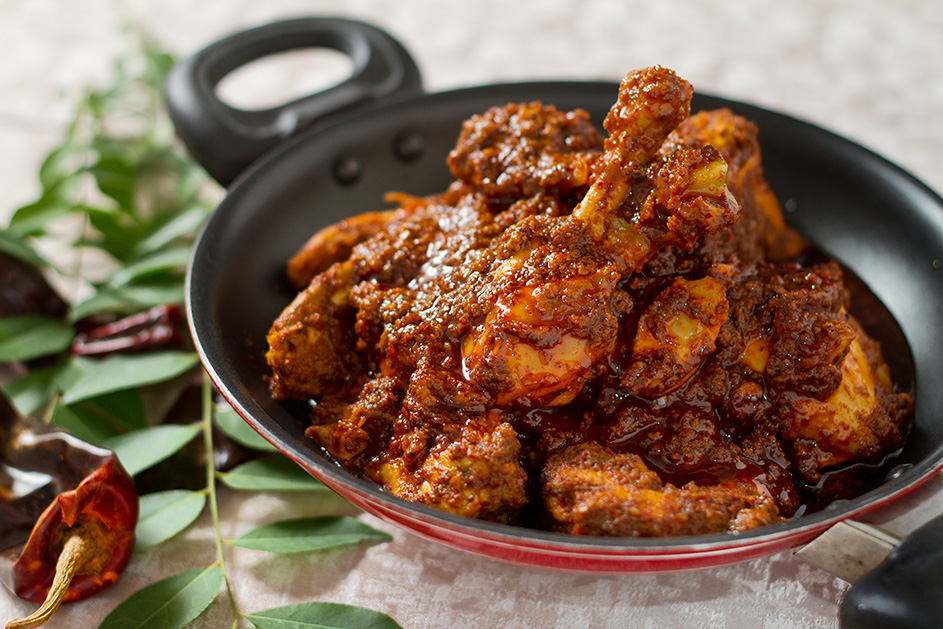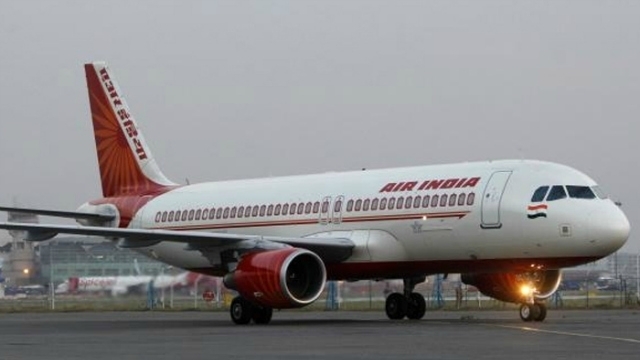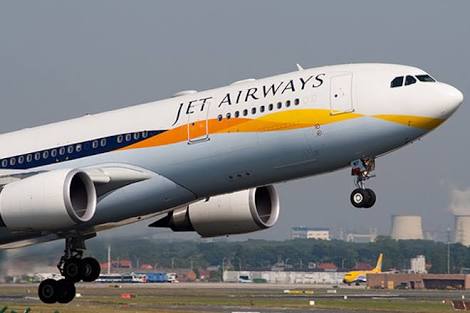Chiken Ghee Roast

A restaurant style dish that you can prepare at home
Ever since i returned from Bangalore last month, this recipe was on my “to make” list. Chicken ghee roast is a very popular Mangalorean dish and is an absolute delight to eat. Pair it with Neer Dosa or Appam and it makes for an awesome meal. And if you can’t, serve the Chicken Ghee Roast with sambhar and ghee rice for a lovely weekend brunch.
The ghee roast originated in a small town called Kundapur near Mangalore. The ghee flavored fiery red, tangy and spicy dish soon became very popular and is available in restaurants across Karnataka.
The Chicken Ghee Roast is made in Ghee (Clarified butter).
Tips
Try not to skimp on Ghee for this recipe. The use of ghee gives the dish it’s flavour and makes it delectable. To make the dish look colourful use the Kashmiri chilies.
Mangalorean Cuisine
The cuisine of Tulu Nadu region of India which comprises cuisines like Udupi as well as cuisine of other Mangalorean communities like that of the Mogaveeras, Billavas, Bunts, Saraswat Brahmins, Mangalorean Catholics and the Bearys is collectively called Mangalorean Cuisine. The cuisine of Mangalore would remain incomplete without usage of rice. Rice is cooked in various forms such as pancakes, wafer thin rice rottis served with chicken curry, grain rice, sannas i.e., idlis fluffed with toddy or yeast, neer dosa, etc.
A remarkable feature of the Mangalorean sweet dishes is that instead of using sugar, Mangaloreans use jaggery made of palm so as to keep themselves healthy. Moreover, this sweet syrup has a fragrance and taste of its own and thereby makes the Payasam more delicious. Moreover, the three main things that add flavor to the various dishes of Mangalore are raw mango, tamarind and kokum.
Here is a recipe of a famous dish that Mangloreans love to have.
Ingredients:
· Chicken 800 gms dressed and cut into bite size pieces
· Yogurt 1 cup
· Red Chile powder 1 tsp
· Turmeric 1/4 tsp
· Ginger 1/2 Tsp paste
· Garlic 1/2 Tsp paste
· Coriander powder 1 Tsp
· Pepper 1/2 Tsp
· Lime juice 2 Tsp
· Salt 1.5 Tsp
· Fennel seeds
· Peppercorns 1/2 Tsp
· Cumin Seed 1/2 Tsp
· Fenugreek seeds 6-7
· Cinnamon 1" stick
· Whole Cloves 4
· Garlic 15 cloves
· Ginger 1" grated
· Coriander Seeds 2 Tsp
· Kashmiri Chile 6 seeded
· Tamarind pulp 2 Tsp
· Jaggery 2 Tsp
· Ghee 7 Tsp
· Curry Leaf 10
Method:
Step 1:
Wash and cut chicken into bite size pieces and marinade it in yogurt, ginger and garlic paste, coriander powder, pepper powder, Red Chile powder, turmeric, 1 Tsp salt and lime juice. Keep the marinated chicken on table top for about an hour.
Step 2:
In a pan heat 1 Tsp ghee and add to it 15 garlic pods, fennel seeds, peppercorns, cumin seeds, fenugreek seeds, cinnamon, whole cloves, grated ginger, coriander seeds, and whole kashmiri red chilies. Fry this for about a minute or so, add the tamrind pulp to the pan and about a cup of water. Allow the water to boil for about five minutes so that the masalas get soft. Cool down this mixture and make it into a fine paste.
Step 3:
In a heavy bottom pan, add about 1/2 Tsp ghee and the marinated chicken along with the marinade. Cover and cook till the marinade thickens and the chicken cooks.
Step 4:
In another heavy bottomed pan, heat the remaining ghee (about 5.5 Tsp), temper with a handful of curry leaves and add the masala paste along with 1/2 Tsp salt. Allow the masala to get completely fried. Keep adding water so that the flavors from the aromatic spices blend with each other. The masala is done when you see ghee floating on top of the masala. This takes about the same amount of time, taken for the chicken marinade to be cooked.
Step 5:
Mix the cooked chicken with the fried masala and continue frying for about 10 minutes. Add powdered jaggery and mix well. Taste for salt and adjust if it is less.
Step 6:
The chicken should be completely cooked by now and should get coated with a thick layer of masala. You will also see the ghee floating along with the masala.
Step 7:
Garnish with curry leaves or coriander and serve hot.
Recipe and Picture Courtesy: Swati Sani






